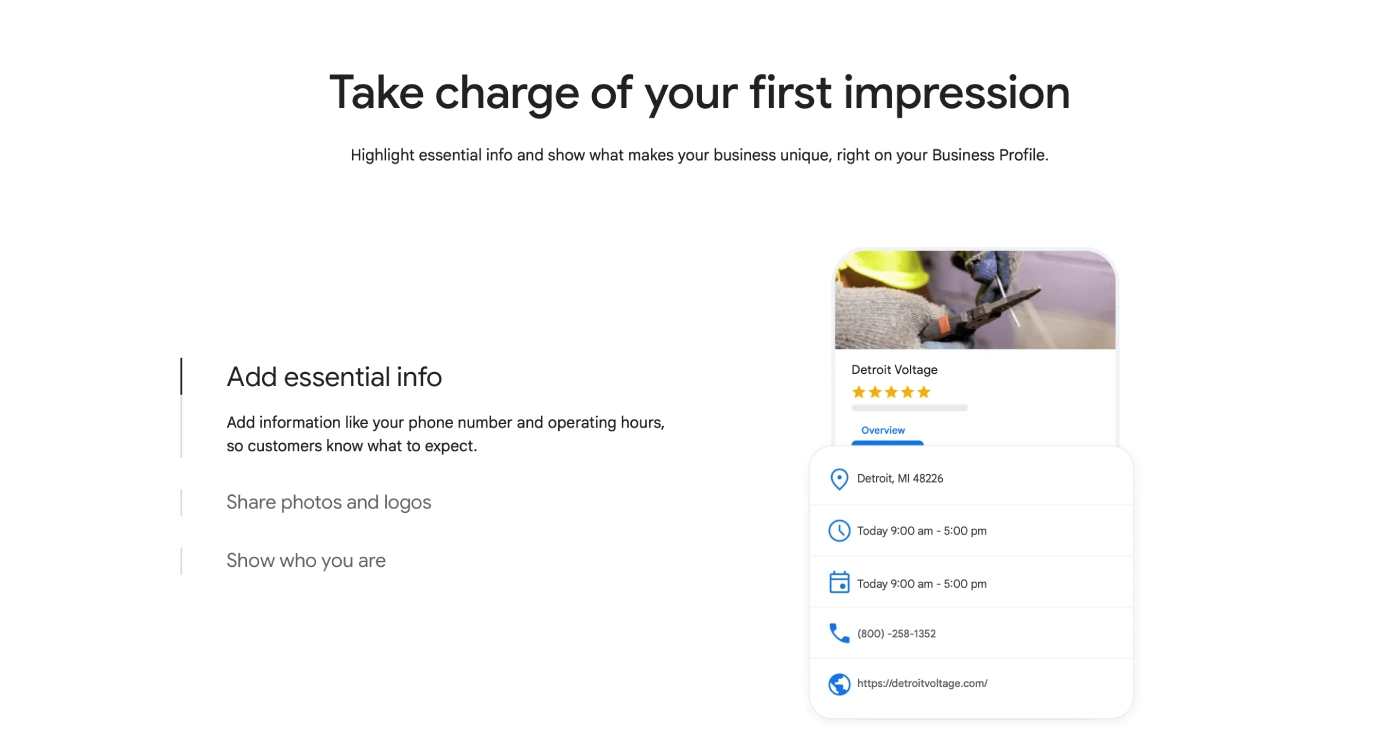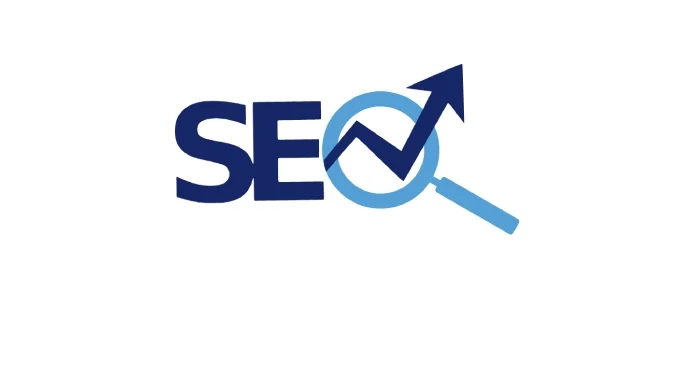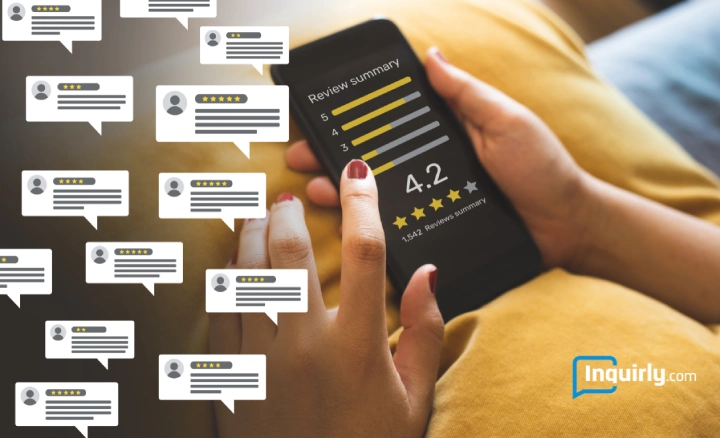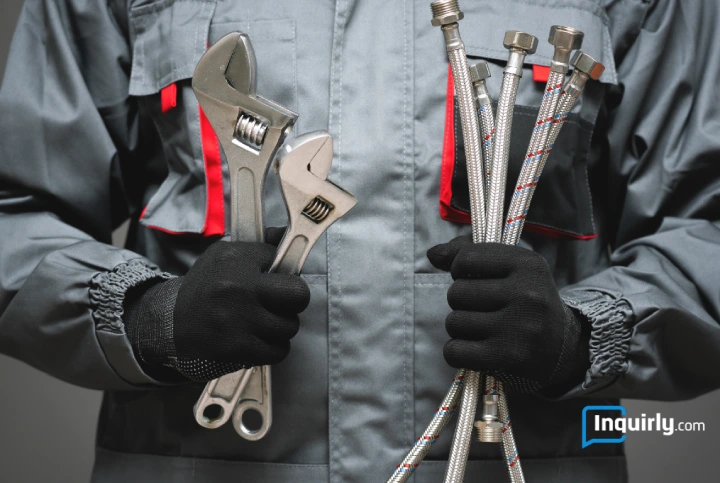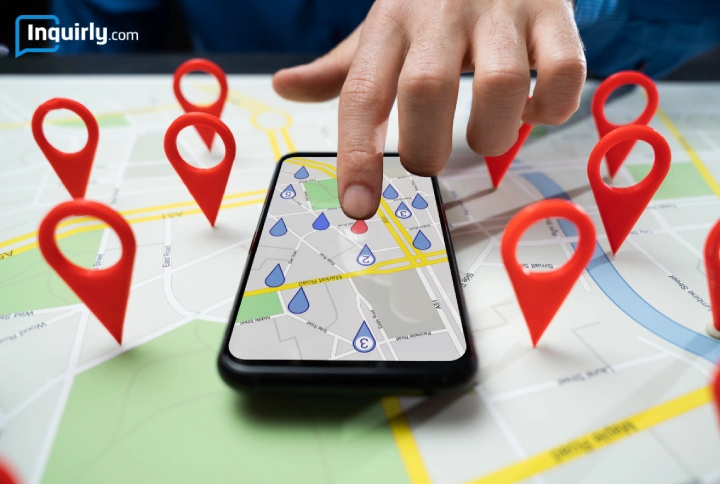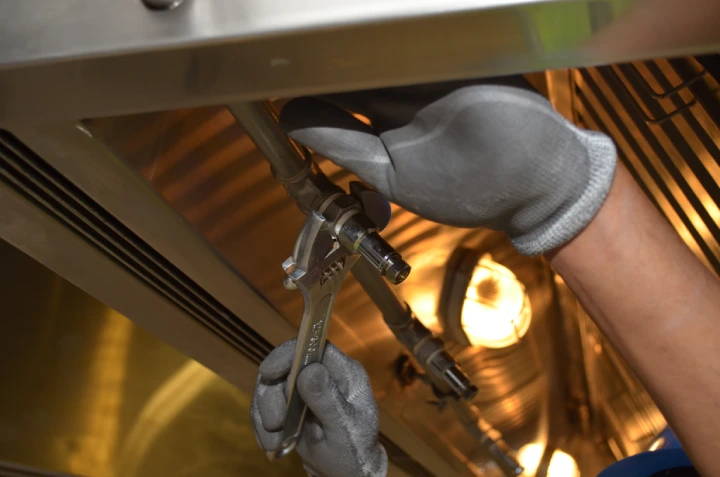You’ve paid for leads. You’ve waited for the phone to ring. You’ve responded within minutes and still… no job. Sound familiar?
In 2025, plumbers may now generate leads more easily than ever before. Ironically, though, it’s also gotten more frustrating. Many plumbers are investing hundreds (or even thousands) every month into paid lead platforms, only to see minimal return. Why? Because most of those leads are either low-quality, poorly timed, or simply not real prospects.
This article breaks down exactly why most paid plumbing leads go nowhere, and more importantly, how to fix it using smarter strategies that focus on quality, intent and conversion.
The Harsh Truth About Paid Plumbing Leads
Most plumbers who say, “Paid leads don’t work” are really saying, “Bad leads don’t work.” And they’re right. Not all lead platforms have your best interest at heart. Many of them work on volume. They collect as many homeowner inquiries as possible, qualified or not, and sell them to multiple contractors in your area. Their goal? Maximize their profit, not yours.
The result? You end up chasing vague leads like:
- “Looking for quotes”
- “Maybe next week”
- “Just checking prices”
But what makes a lead “bad”? It could be:
Outside Your Service Area
The lead is located too far away, wasting your time and fuel, with little chance of booking profitably.
Just Price Shopping
The customer is contacting multiple plumbers with no urgency – often looking only for the cheapest quote.
Shared with Competitors
This lead has also been sent to 3-5 other plumbers, turning your follow-up into a stressful bidding war.
Spam or Fake Submission
Not a real job, just bot traffic, fake contact info, or a lead that never responds or answers the phone.
The Problem with Shared Leads
Shared leads are still the industry standard across many lead generation platforms. These companies collect a single homeowner inquiry, someone needing plumbing help and sell that same lead to four, five, or even six plumbers at once. The customer, often unaware of this, suddenly gets a wave of phone calls within minutes. It’s overwhelming.
Instead of competing based on quality or trust, you’re forced into a race: who can respond fastest, who will drop their price, and who’s most aggressive on the phone. In many cases, the customer gives up altogether, frustrated before anyone even gets a chance to book the job.
This approach creates several familiar problems for plumbing professionals. Response rates drop. Stress rises. Time gets wasted chasing jobs you were never going to win. And return on investment suffers.
Where Most Paid Leads Break Down
Even when you receive a genuine lead from a paid platform, there’s still a high chance things won’t convert. That’s because the problem often isn’t the lead itself, it’s what happens after it lands in your inbox or rings your phone.
One of the most common issues is slow follow-up. In the world of home services, especially plumbing, timing is everything. If you’re calling the lead five or ten minutes after it comes in, chances are the customer has already booked someone else. In most cases, the first plumber to respond is the one who gets the job.
Then there’s the matter of communication. Many contractors don’t realize how much tone, clarity, and confidence matter. If your script sounds unsure, rushed, or generic, the lead will lose interest quickly. Today’s customers expect quick and clear answers.
Another silent killer is lack of tracking. If you’re not monitoring where each lead is coming from, how many you’ve followed up with, or which platforms actually convert, you’re flying blind. Without that data, it’s impossible to refine your strategy or cut waste.
Finally, not having a proper follow-up system, such as CRM, automated reminders or even a structured call-back plan, leads to missed opportunities. The best plumbing companies treat every lead like it’s a booked job waiting to happen. They stay organized, act fast, and never let a good opportunity slip through the cracks.
In the end, getting a lead is just the beginning. What determines your return is what happens next.
The Role of Exclusive Leads for Plumbers
One of the most impactful changes for plumbing businesses in recent years, especially smaller or growing operations, has been the shift toward using exclusive leads. Unlike shared leads, which are distributed to several contractors at once, exclusive plumbing leads are delivered to one plumber only. This alone changes the entire dynamic of the sales process.
While exclusive leads do come at a higher price, typically ranging from $30 to $120 per lead, they often justify the cost through higher conversion rates, especially when the service area, response time and communication are aligned with customer expectations.
Platforms like Inquirly.com are helping plumbers get out of the volume game and into a results-driven model. The focus itself isn’t on sending as many leads as possible, it’s on sending better leads, filtered for intent, location, and job type. That shift from quantity to quality is giving tradespeople more control, less stress and better return on their marketing investment.
Want to Learn More About Exclusive Plumbing Leads?
Discover how top plumbing businesses are growing faster with verified, high-intent leads that aren’t shared with your competitors.
👉 Learn how it works and get started today »
What to Avoid When Buying Plumbing Leads
Ignoring your cost-per-job metrics
Focusing only on how much you pay per lead is misleading. What really matters is how much it costs you to book a job. For example, paying $30 for a lead that never converts is far worse than paying $80 for one that books a $600 repair. If you’re not tracking your cost per acquisition (CPA), it’s impossible to know which platforms are actually profitable.
Relying only on volume instead of quality
More leads don’t mean more revenue if they’re not the right leads. A flood of low-intent or shared leads can eat up your time and leave you burnt out. Instead, focus on acquiring leads that are exclusive, well-targeted, and more likely to convert, even if they cost more per lead. One solid lead is better than ten bad ones.
Failing to track which channels work best
Not all lead sources are created equal. Some platforms may bring you quick wins, while others only produce tire-kickers. Without tracking where each lead comes from and how many convert into paying jobs, you can’t improve or scale your marketing. Use a basic CRM or even a spreadsheet to log results and adjust your strategy based on real data.
FAQs
What’s the fastest way to get plumbing leads in 2025?
The fastest way to generate plumbing leads today is through Google Local Services Ads (LSAs). These appear at the very top of Google search results when someone types in queries like “emergency plumber near me”. They come with a Google Guarantee badge, which builds instant trust, and the platform charges you only when a valid lead contacts you directly, typically by phone. These leads are high-intent and often ready to book immediately.
That said, LSAs aren’t the only effective fast-track solution. Several lead generation companies that specialize in exclusive plumbing leads, give you direct access to real, verified homeowners without the stress of shared competition.
Are exclusive plumbing leads worth the higher cost?
Yes – in most cases, exclusive leads are well worth the investment. While they typically cost more than shared leads, they aren’t distributed to multiple contractors. That means no racing to respond, no bidding wars, and a significantly higher likelihood of converting the lead into a paying customer.
How can I improve my lead response rate and close more jobs?
Speed and professionalism are key. Aim to respond to every lead within 60 seconds, especially if it’s a phone call or form submission. Use a call tracking system to monitor inbound calls, and a CRM (Customer Relationship Management) tool to log, follow up and organize leads.
